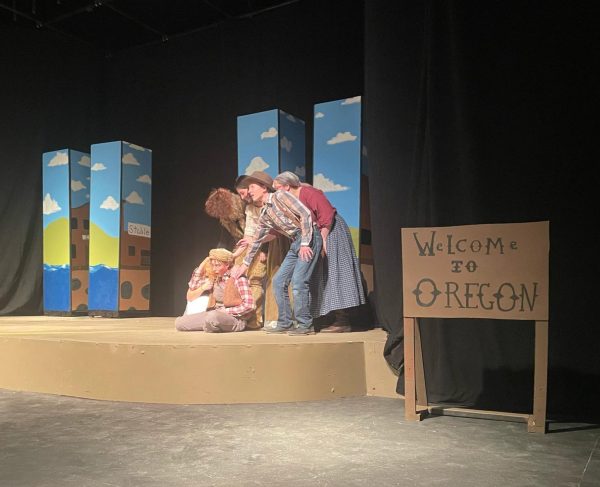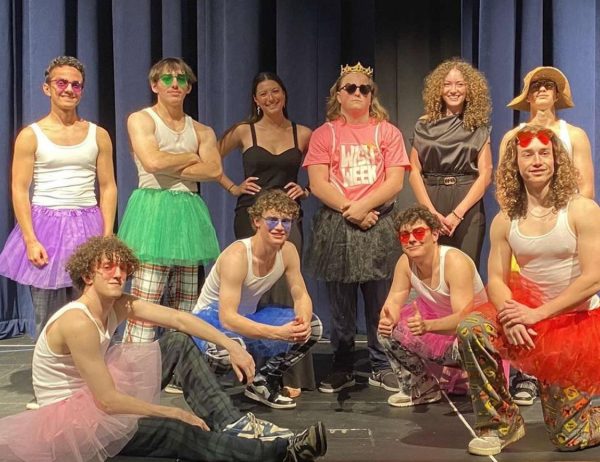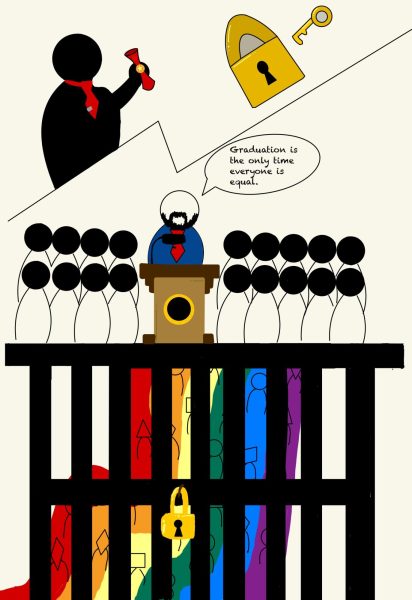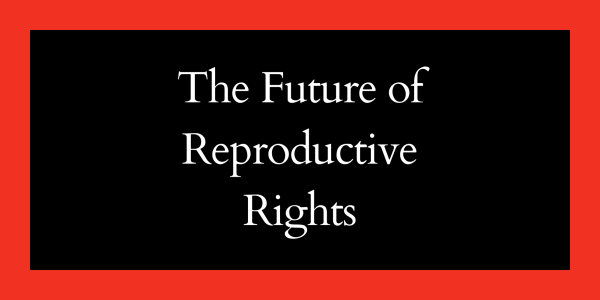Ari Aster, A Horror Movie Genius

A traditional Midsummer’s maypole
Psychological horror is an excellent subgenre, and there are some directors that have perfected the paranoid feeling of being watched or followed even when nothing is there to cause a problem. Ari Aster is a director famous for his movies Midsommar and Hereditary, both of which are psychological horror in its best form. This is a spoiler warning, so if you want to watch these movies without knowing what happens, this article isn’t the best decision.
It is fine and all to throw around the term psychological horror, but it’s important to know what it represents and the criteria/common archetypes involved in making these disturbing films. Unlike regular horror, which relies on jump scares, or thrillers, which mostly just has a murderous rampage as the plot, or even lovecraftian, which portrays the vastness of existence and how one goes mad because of it, psychological horror is built on the protagonist’s mental state. Most of these movies involve a main character with issues tied to trauma or a difficult past, and it affects their decisions throughout the film.
Now that the definition has been cleared up, the next order of business is the brilliance of Ari Aster’s movies, starting with Hereditary.
Hereditary is a story about a mother, Annie, who loses her daughter Charlie and how she copes with the aftermath of such a tragedy. The show starts with her at the funeral of her mother, and the eulogy she delivers sets the eerie vibe, even mentioning how she didn’t know her mom had so many “friends” aka members from a cult that she was the leader of, dedicated to worshipping one of the kings of hell, King Paimon. Annie grieves, but most likely didn’t feel too much sadness when it is shown that she goes to a group therapy and gives out a lot of exposition on how her mother treated her and her brother in their youth which drove her brother to suicide. It’s a tragedy when her daughter dies, and she meets a woman from the group therapy who helps her with reaching out to her daughter via a seance. This woman wasn’t just any stranger, she was a close friend of Annie’s mother, and was her right hand woman in most of the cult activities.
Unfortunately this movie doesn’t exactly have a happy ending, with the cult taking over Annie’s entire family including her and her son Peter. They worship a statue of King Paimon with Charlie’s decapitated and rotting head on top of it, implying that she was the vessel that King Paimon resided in until her death.
The movie itself is a great example of symbolism and how to properly use it. If you know what to look for while watching, the answers stick out like a sore thumb. The entire ritual has some complicated steps, and the way that they are discreetly presented would make a casual viewer confused, but a well versed viewer could pick them out and identify them. During the rising action of the movie, Annie looks around in her mom’s stuff and finds a book titled Invocations, which describes how to summon King Paimon. The book says that the summoner will have all the answers to anything related to math, science, physics, the world, etc., and during the funeral, Annie mentions how her mother always seemed to have the right answer. There’s another occurrence where a bird kills itself after flying into the window at Charlie’s classroom, and she goes out during recess to cut off its head for tinkering with, foreshadowing her own grim end. The details in this movie could be talked about for hours, but this article is already long enough, so we’re moving on to Midsommar.
Midsommar is about a group of college students accompanying their Swedish friend to a festival in his home town/village. The protagonist’s name is Dani Ardor, and her boyfriend Christian is a part of this group, however; she was unaware of the entire trip until a few weeks before. Their relationship was already strained, her emotional reliance on him had taken a toll on the both of them, and her recent family tragedy basically shattered any remnants of a relationship they had. This incident wasn’t a distant uncle in a car crash, her bipolar sister had killed her parents with carbon monoxide fumes from a car and even killed herself the same way. The foreshadowing throughout this movie is insane, it’s also discreet in the way Hereditary handled symbolism, if you don’t know what to look for, everything is all surface level. There is a huge giveaway at the start though, the start of the movie opens with a medieval style picture, and it basically tells the whole story without even telling it. It also contains heavy symbolism with seasons, winter at the start showing Dani’s grief and spring at the end, symbolizing rebirth.
The village they travel to is actually a cult, and it’s based on a real life group of people with the same name called the Hårga (pronounced hor-guh). The whole community takes socialism to an entire new level, where even parents and siblings are “shared” and everyone is seen as family. This is odd to everyone outside of the cult, but they don’t question anything until supper, when two of the elders are paraded to a cliff and jump off, ending their lives. This is a huge culture shock, and everyone starts to freak out and attempt to leave. None of these attempts are successful, and everyone continues to mysteriously disappear until it’s just Dani and Christian. During a ritual dance where the women all gather around a maypole after consuming a weird tea with lord knows how many drugs, everyone dances until the last girl standing, which turns out to be Dani. She is rewarded for her stamina, and is crowned as the May Queen. Christian ends up cheating on her with a girl from the cult who had been giving him drugs and love spells to fall in love with her. After their devil’s tango, Christian stumbles around the village and finds the remains of his friends, who had been killed in sadistic ways. He ends up knocked out by another drug (there’s a lot of drugs involved) and when he wakes, he is paralyzed. Dani, who is now May Queen, has to choose between sacrificing a randomly selected cult member or her ex-boyfriend. Her decision is a no brainer, obviously she chooses Christian and he is stuffed into a bear carcass and burned alive.
That’s pretty much the end of the movie, Dani looks towards the burning structure he was placed in and smiles, happy that she has a new home. It leaves viewers with a sense of shock, still processing the madness that just happened on screen. The foreshadowing was there all along, how did they not see it? Well, no judgment here, but the whole plot was literally on the walls of buildings, portrayed as intricate and artistic murals. Christian even stares at a mural of a bear on fire. It’s understandable if it’s a first time watch, but watch it again and keep an eye out for those Easter eggs.
This wasn’t a whole lot of information for foreshadowing and symbolism, but it wouldn’t make the movies any fun to watch if you know ALL of the behind the scenes secrets. These movies really are a masterpiece, and they are 100% worth the watch.








